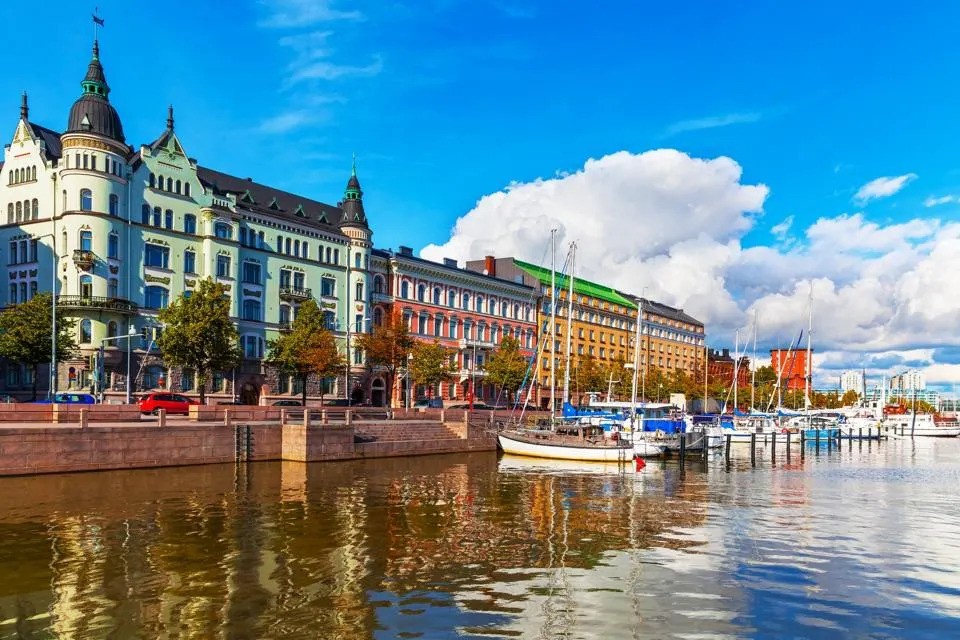Finland is a high-income country located in northern Europe, part of a geographic and cultural Nordic region, with a population of about 5.5 million people in 2022 and an average life expectancy of 82 years in 2021[1]. The following extract from Finland: health system summary 2023, published by the European Observatory on Health Systems and Policies, summarizes Finland’s health system.
From January 2023, the health system in Finland was restructured [and organized through] 22 Well-being Service Counties (WBSC). The WBSCs, which are governed by democratically elected councils, are financed from the state budget.
The WBSCs are responsible for organizing primary and secondary health care as well as social and rescue services for their residents. Each of the WBSCs belongs to one of five collaborative areas, organized around five university hospitals [that provide] tertiary-level services.
Municipalities, which were responsible for organizing health care and social services until the end of 2022, remain responsible for public health functions, such as environmental health and health protection. For health promotion and well-being programmes, municipalities collaborate with the WBSCs.
Legislation and general policy guidelines are prepared at the national level by the Ministry of Social Affairs and Health. The Finnish Institute for Health and Welfare plays an important role in supporting planning and governance at the national, regional and local level by collating and disseminating information, producing guidelines, as well as through research and development projects.
[Funding and health expenditure]
Since 2023, the state financing of the Finnish health system has become centralized at the national level. However, multiple channels for financing services remain. These include compulsory contributions to the national health insurance (NHI) system, employers’ expenditure under the occupational care scheme, voluntary health insurance, the FSHS [Finnish Student Health Services] expenditure for students in higher education, and households’ direct out-of-pocket (OOP) payments.
The NHI scheme is funded by the state and employees through income-based insurance contributions collected alongside income tax. Employers also contribute to the income insurance part, which is used for the financing of occupational health services. In 2019, the state covered 64% of current health expenditure, 14% was contributed by the NHI and 22% by private sources.
Between 2000 and 2020, health expenditure per person in Finland more than doubled, from US$ 1900 to US$ 4897, and in 2020 it was above the EU [European Union] average of US$ 4224. As a percentage of GDP, Finland’s health expenditure has grown from 7.1% in 2000 to 9.6% in 2020 and remains above the EU average of 9.2%. Over 79% of health expenditure comes from public sources, 16.4% from OOP payments, while voluntary.
References
[1] “Finland”. World Bank Open Data. Accessed 11 Mar. 2024.

